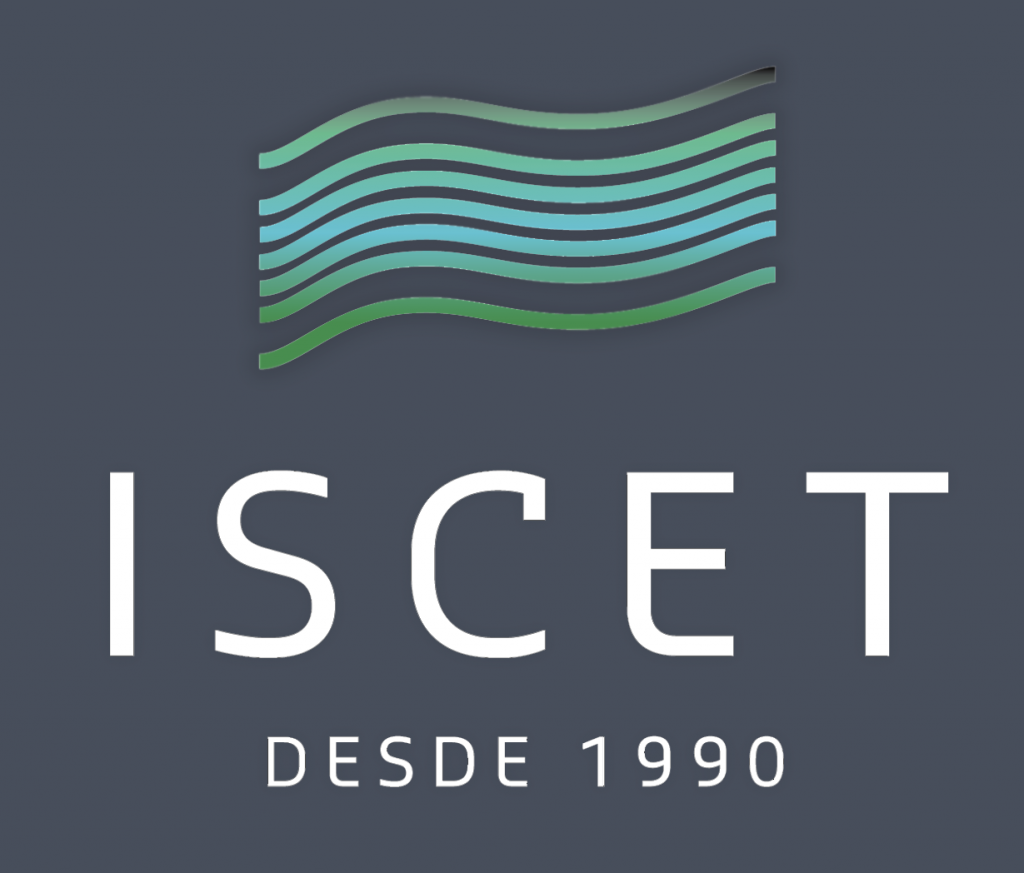Complete manuscripts should include:
- Research manuscripts – Title, Author list, Affiliations, Abstract, Keywords, Introduction, Methodology, Materials and Methods, Results, Discussion, Conclusions (optional), Acknowledgments, Conflicts of Interest, References.
- Review manuscripts – Title, Author list, Affiliations, Abstract, Keywords, Literature review sections, Acknowledgments, Conflicts of Interest, References.
Manuscripts should be anonymized and submitted as a single Microsoft Word file (all text and metadata identifying the authors should be removed before submission). Removed content should be appended to the cover letter.
Acronyms and Abbreviations should be defined the first time they appear in each of three sections: the abstract, the main text, and the first figure or table. The acronym/abbreviation should be added in parentheses after the written-out form when defined for the first time.
SI Units (International System of Units) should be used.
Equations: Please use Microsoft Equation Editor or the MathType add-on with Microsoft Word. Equations should be editable by the editorial office and not appear in a picture format.
Title: The title of the manuscript should be concise, specific, and relevant.
Author List and Affiliations (include in the cover letter): Authors’ full first and last names must be provided. Any middle names or their initials can be added. Also, include affiliation and complete address information, including city, zip code, state/province, and country. At least one author should be designated as the corresponding author, and his/her email address, ORCID, and other details should be included at the end of the affiliation section.
Abstract: The abstract should be a total of about 200 words maximum. The abstract should be a single paragraph and should follow the style of structured abstracts but without headings: 1) Background, 2) Methods, 3) Results, and 4) Conclusion. In addition, the abstract should be an objective representation of the article: it must not contain results that are not presented in the main text and should not embellish the main conclusions.
Keywords: Three to five keywords need to be added after the abstract. We encourage that the keywords are specific to the article but reasonably familiar within the subject discipline.
Introduction: This is meant to place the study in a broad context and highlight its importance. It should define the purpose of the work and its significance, including specific hypotheses being tested. The current state of the research field should be reviewed carefully, and key publications cited. Please highlight controversial and diverging hypotheses when necessary. Finally, briefly mention the main aim of the work and highlight the main conclusions. Keep the introduction comprehensible to readers working outside the topic of the paper. A brief literature review section may be accepted between Introduction and Methods if needed.
Methods: They should be described sufficiently to allow others to replicate them and build on published results. New methods and protocols should be described in detail, while well-known methods can be shortly described and appropriately cited. Give the name and version of any software used.
Results: Provide a concise and precise description of the experimental results and their interpretation.
Discussion: Results should be interpreted considering previous studies and the working hypotheses. The findings and their implications should be discussed in the broadest context possible, and limitations of the work highlighted. Future research directions may also be mentioned. This section may be combined with Results.
Conclusion: This section is not mandatory but can be added to the manuscript if the Discussion is particularly long or complex.
Funding (include in the cover letter): All sources of funding for the study should be disclosed. Clearly indicate grants that you have received in support of your research work and if you received funds to cover publication costs.
Acknowledgements (include in the cover letter): In this section, you can acknowledge any support not covered by the author’s contribution or funding sections. That may include administrative and technical support, donations (e.g., materials used for experiments), and those who contributed to the work but do not qualify for authorship.
Conflicts of Interest (include in the cover letter): Authors must identify and declare any that may be perceived as influencing the representation or interpretation of the reported research results. If there is no conflict of interest, please state, “The authors declare no conflict of interest.” In addition, any role of the funding sponsors in the study’s design, the collection, analyses or interpretation of data, the writing of the manuscript, or the decision to publish the results must be declared in this section.
References: References for citations presented in the text must be presented in the “References” section. From April 2022, all articles should follow the APA Publication Standards presented in American Psychological Association, 2020, Publication Manual of the American Psychological Association, 7th ed., Washington, DC: APA. Below are some examples of the formatting that references should present.
Barker, R. (1968). Ecological psychology. Stanford, CA: Stanford University Press.
Carvalho, A. D. & Theodoropoulou, H. (2009). La «Voie Exodique» Comme une Voie de Problématisation et les Dilemmes Moraux Comme Outils de Formation, Percursos & Ideias, 1, 207-216.
Fernandes, J. P. T. (2020). Perdida na (des)globalização? À procura das causas da perda de relevância da OMC, Percursos & Ideias, 10, 73-86.
Magano, J., Silvius, G., Silva, C. & Leite, Â. (2021). Exploring Characteristics of Sustainability Stimulus Patterns of Project Managers, Sustainability, 13(7), 4019; https://doi.org/10.3390/su13074019.
Pinto, J. R., Alves, D., Barbosa, H. & Lopes, M. (2018). Duas turistas estrangeiras no Porto de Oitocentos: da condição feminina aos limites do turismo, Percursos & Ideias, 8, 93-103.
For cases not considered in these examples, authors should follow the American Psychological Association’s publication standards, contained in the respective manual, 7th Ed, 2020. To avoid typing mistakes and duplicated references, we recommend preparing the references with a bibliography software package, such as EndNote, Mendeley, or Zotero.
